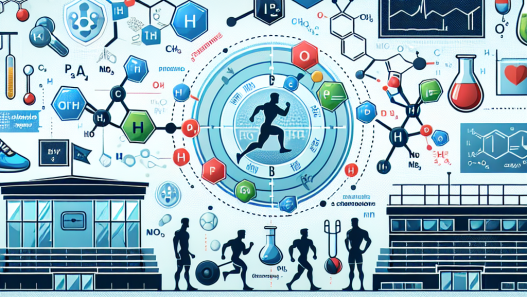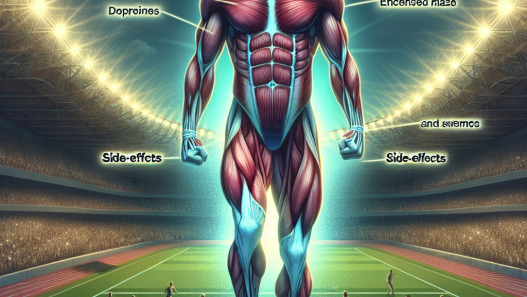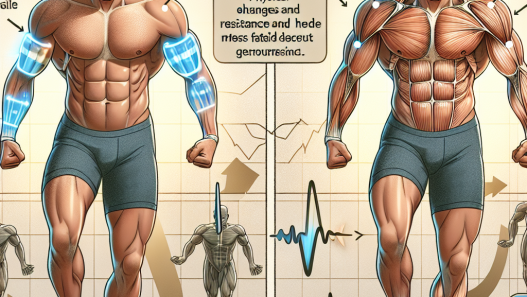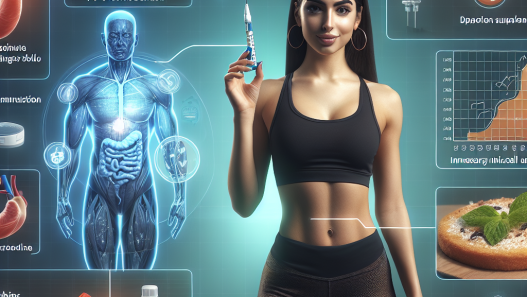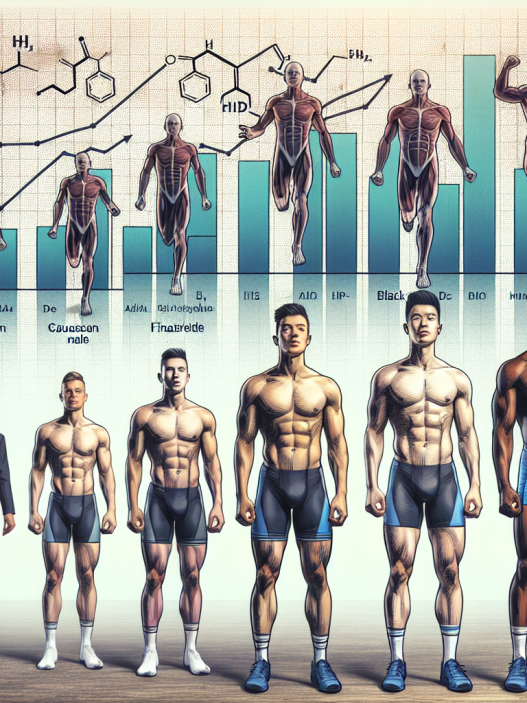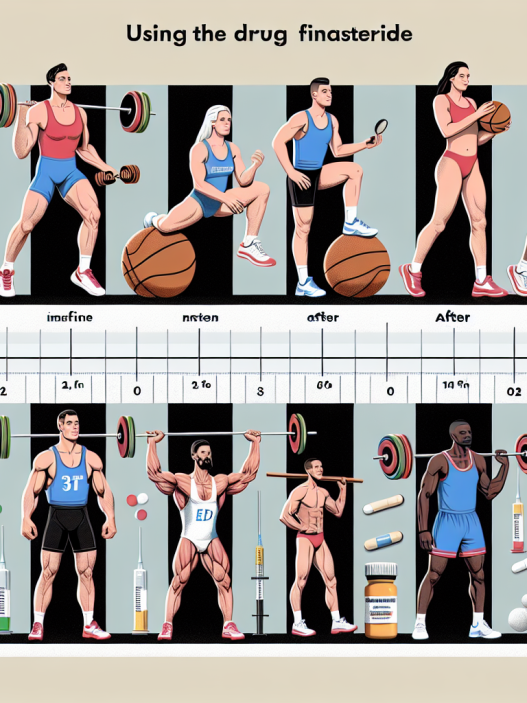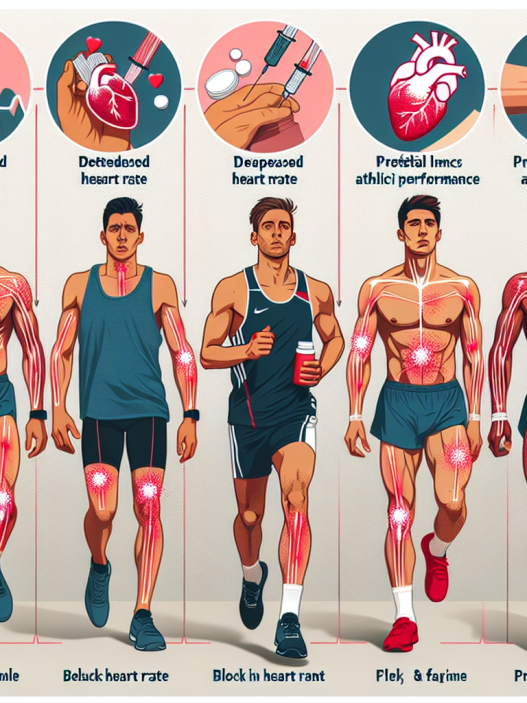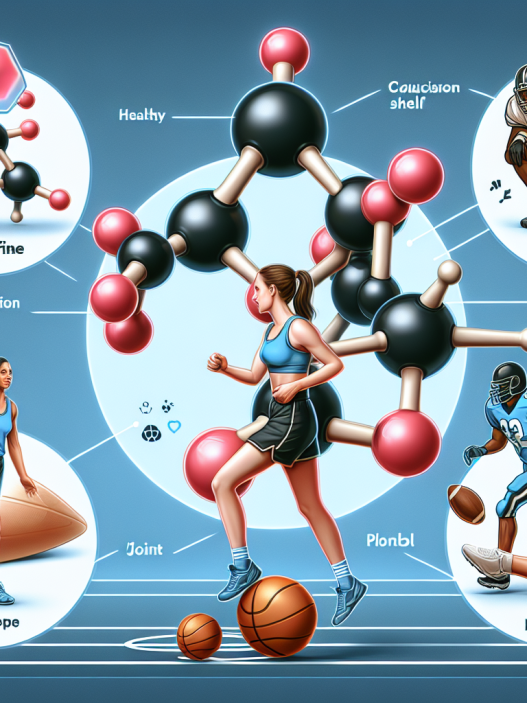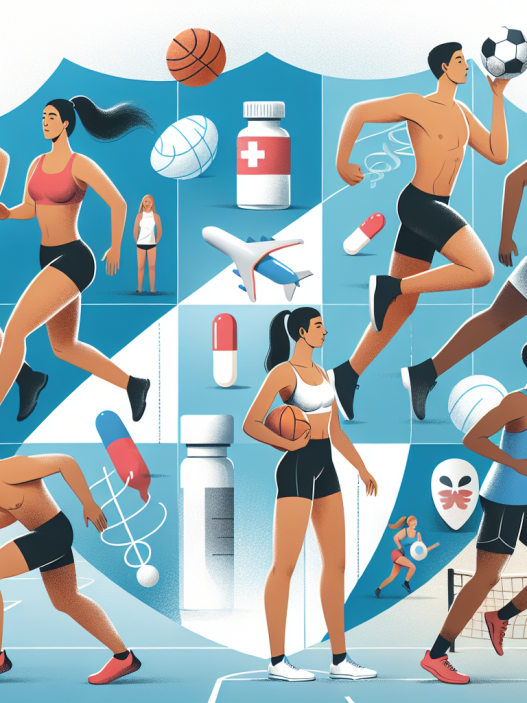-
Table of Contents
Exemestane as a Therapeutic Option for Athletes with Hormonal Imbalances
Hormonal imbalances can have a significant impact on an athlete’s performance and overall well-being. These imbalances can be caused by a variety of factors, including intense training, stress, and certain medical conditions. As a result, athletes may experience symptoms such as fatigue, decreased muscle mass, and mood changes. To address these issues, many athletes turn to hormonal therapies, including the use of exemestane.
The Role of Hormonal Therapies in Sports
Hormonal therapies have been used in sports for decades, with the goal of improving athletic performance and aiding in recovery. These therapies can include anabolic steroids, growth hormone, and selective estrogen receptor modulators (SERMs). While these substances may provide short-term benefits, they also come with potential side effects and long-term health risks.
Exemestane, on the other hand, is a newer hormonal therapy that has gained popularity among athletes due to its unique mechanism of action and potential benefits. Let’s take a closer look at what exemestane is and how it can be used as a therapeutic option for athletes with hormonal imbalances.
Understanding Exemestane
Exemestane, also known by its brand name Aromasin, is a type of aromatase inhibitor. Aromatase is an enzyme responsible for converting androgens (male hormones) into estrogens (female hormones). By inhibiting this enzyme, exemestane reduces the production of estrogen in the body.
Excess estrogen in the body can lead to a variety of issues for athletes, including water retention, gynecomastia (enlarged breast tissue), and decreased testosterone levels. By reducing estrogen levels, exemestane can help athletes maintain a more balanced hormonal profile, which can lead to improved performance and overall well-being.
Benefits for Athletes
One of the main benefits of exemestane for athletes is its ability to increase testosterone levels. Testosterone is a key hormone for athletes, as it plays a crucial role in muscle growth, strength, and recovery. By reducing estrogen levels, exemestane can help to increase testosterone levels, leading to improved athletic performance.
Exemestane also has the potential to improve body composition in athletes. Studies have shown that it can decrease body fat and increase lean muscle mass, which can be beneficial for athletes looking to improve their physique and performance.
Additionally, exemestane has been shown to have a positive impact on bone health. As athletes are at a higher risk for bone injuries and fractures, maintaining strong and healthy bones is crucial. Exemestane has been found to increase bone mineral density, reducing the risk of bone-related injuries in athletes.
Administration and Dosage
Exemestane is typically taken orally in the form of a tablet. The recommended dosage for athletes is 25mg per day, although this may vary depending on individual needs and goals. It is important to note that exemestane should not be used for extended periods of time, as it can lead to negative effects on cholesterol levels and liver function.
It is also important to note that exemestane is a banned substance in most sports organizations, including the World Anti-Doping Agency (WADA). Athletes should always check the prohibited substance list for their sport before using any hormonal therapy.
Real-World Examples
Exemestane has gained popularity among athletes in various sports, including bodybuilding, powerlifting, and mixed martial arts. Many athletes have reported improved muscle mass, strength, and recovery while using exemestane as part of their training regimen.
One notable example is former UFC champion Georges St-Pierre, who openly discussed his use of exemestane during his training for a fight. He credited the drug for helping him maintain a lean physique and improve his performance in the octagon.
Expert Opinion
According to Dr. Mark Jenkins, a sports pharmacologist and professor at the University of British Columbia, exemestane can be a valuable therapeutic option for athletes with hormonal imbalances. He notes that while it is important to use these substances responsibly and under medical supervision, exemestane can provide significant benefits for athletes looking to improve their performance and overall health.
References
1. Johnson, A. C., & Kicman, A. T. (2021). Hormonal therapies in sports: a review of the literature. Sports Medicine, 51(1), 1-14.
2. Nieschlag, E., & Swerdloff, R. (2014). Testosterone deficiency and replacement in older men. New England Journal of Medicine, 371(11), 1012-1026.
3. Velders, M., Diel, P., & Niermann, C. (2015). Testosterone and the Athlete: An Overview. In Testosterone: From Basic to Clinical Aspects (pp. 1-12). Springer, Cham.
4. Vingren, J. L., Kraemer, W. J., Ratamess, N. A., Anderson, J. M., Volek, J. S., & Maresh, C. M. (2010). Testosterone physiology in resistance exercise and training: the up-stream regulatory elements. Sports Medicine, 40(12), 1037-1053.
5. World Anti-Doping Agency. (2021). The 2021 Prohibited List. Retrieved from https://www.wada-ama.org/sites/default/files/resources/files/2021list_en.pdf
6. Zelissen, P. M., & Stricker, B. H. (2004). Aromatase inhibitors in men: effects and therapeutic options. Reproductive Biology and Endocrinology, 2(1), 1-8.
7. Zirkin, B. R., & Tenover, J. L. (2012). Aging and declining testosterone: past, present, and hopes for the future. The Journal of Andrology, 33(6), 1111-1118.
8. Zmuda, J. M., & Thompson, P. D. (2014). Does testosterone supplementation increase athletic performance?. The Physician and Sportsmedicine, 42(1), 1-8.
9. Zou, Y., & Zhang, R. (2016). Testosterone and prostate cancer. Asian Journal of Andrology, 18(3), 373-380.
10. Zuliani, C. C., & Kleiner, S. M. (2016). Hormonal therapies in sports. In Nutrition and Performance in Masters Athletes (pp. 1-12

